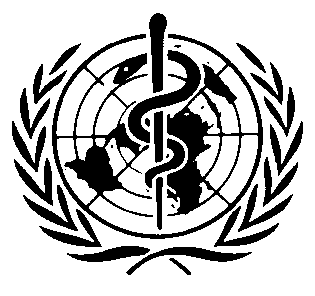International Chemical Safety Cards
| 2-NITROANILINE | ICSC: 0306 |




1-Amino-2-nitrobenzene C.I. 37025 C6H6N2O2 Molecular mass: 138.1  ICSC # 0306
ICSC # 0306CAS # 88-74-4 RTECS # BY6650000 UN # 1661 EC # 612-012-00-9 March 12, 2001 Peer reviewed |
| TYPES OF HAZARD/ EXPOSURE | ACUTE HAZARDS/ SYMPTOMS | PREVENTION |
FIRST AID/ FIRE FIGHTING |
| FIRE |
Combustible.
Many reactions may cause fire or explosion.
|
NO open flames.
NO contact with combustible substances.
|
Powder, water spray, foam, carbon dioxide.
|
| EXPLOSION |
Finely dispersed particles form explosive mixtures in air.
|
Prevent deposition of dust; closed system, dust explosion-proof electrical equipment and lighting.
|
In case of fire: keep drums, etc., cool by spraying with water.
Combat fire from a sheltered position.
|
| EXPOSURE |
|
PREVENT DISPERSION OF DUST!
|
|
| •INHALATION |
Blue lips or finger nails.
Blue skin.
Headache.
Dizziness.
Nausea.
Confusion.
Convulsions.
Laboured breathing.
Unconsciousness.
|
Local exhaust or breathing protection.
|
Fresh air, rest.
Artificial respiration if indicated.
Refer for medical attention.
|
| •SKIN |
MAY BE ABSORBED!
(Further see Inhalation).
|
Protective gloves.
Protective clothing.
|
Remove contaminated clothes.
Rinse skin with plenty of water or shower.
Refer for medical attention.
|
| •EYES |
|
Face shield,
or eye protection in combination with breathing protection.
|
First rinse with plenty of water for several minutes (remove contact lenses if easily possible), then take to a doctor.
|
| •INGESTION |
(Further see Inhalation).
|
Do not eat, drink, or smoke during work.
Wash hands before eating.
|
Induce vomiting (ONLY IN CONSCIOUS PERSONS!).
Refer for medical attention.
|
| SPILLAGE DISPOSAL | STORAGE | PACKAGING & LABELLING | ||
|
Sweep spilled substance into covered containers; if appropriate, moisten first to prevent dusting.
Carefully collect remainder.
(Extra personal protection: P3 filter respirator for toxic particles.)
Do NOT let this chemical enter the environment.
|
Separated from
strong acids,
strong oxidants,
combustible and reducing substances,
food and feedstuffs
.
|
Do not transport with food and feedstuffs.
Note: C T symbol R: 23/24/25-33-52/53 S: 1/2-28-36/37-45-61 UN Hazard Class: 6.1 UN Packing Group: II |
||
| SEE IMPORTANT INFORMATION ON BACK | ||||
|
||||
